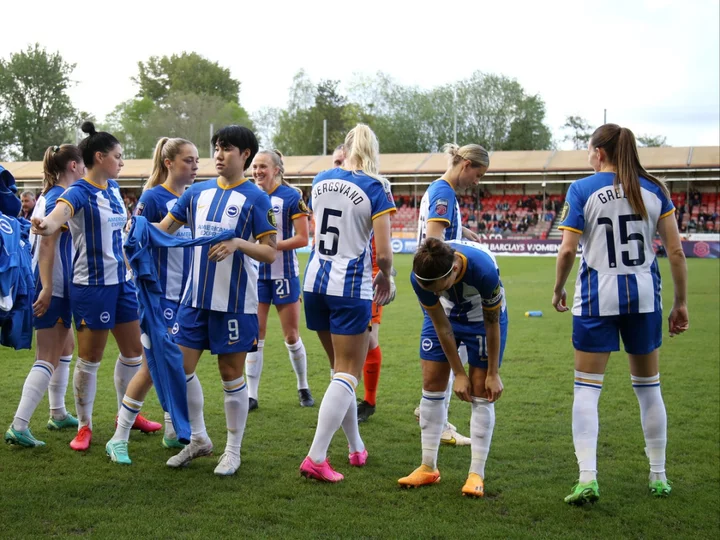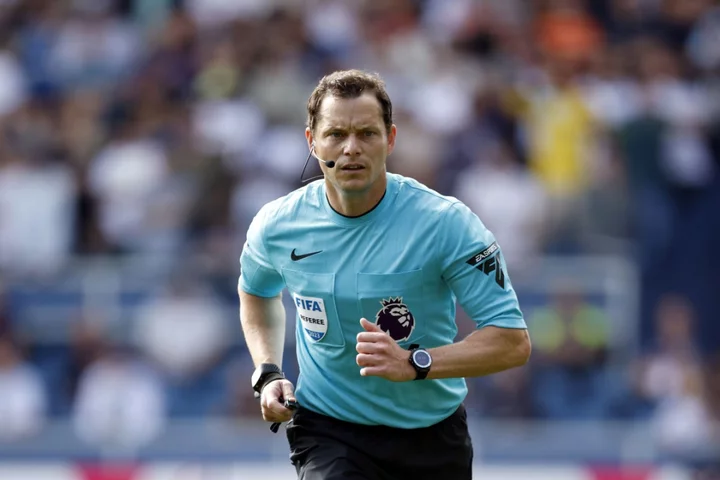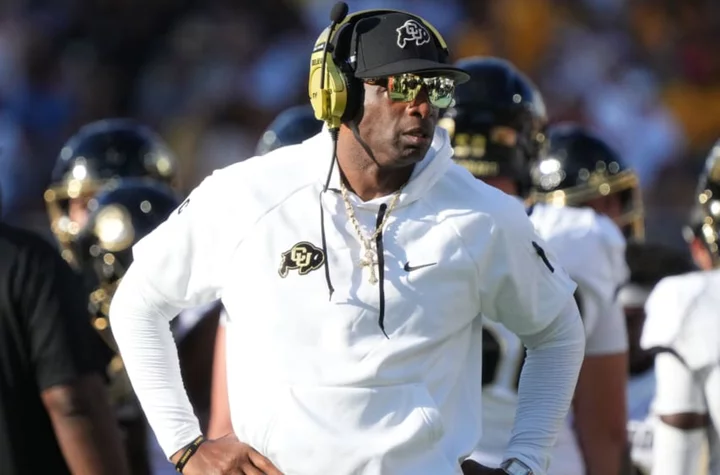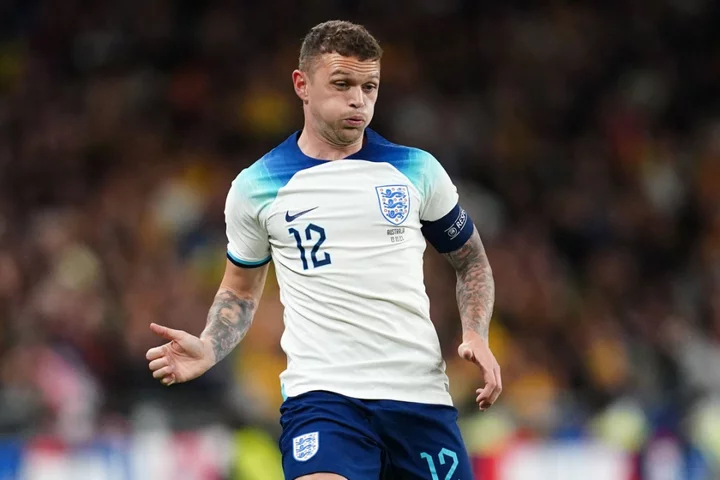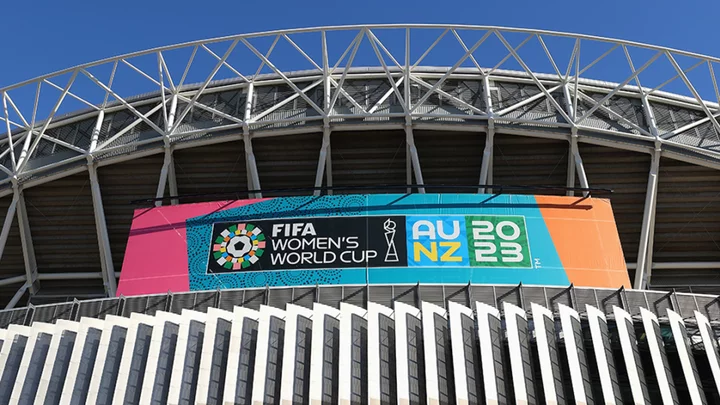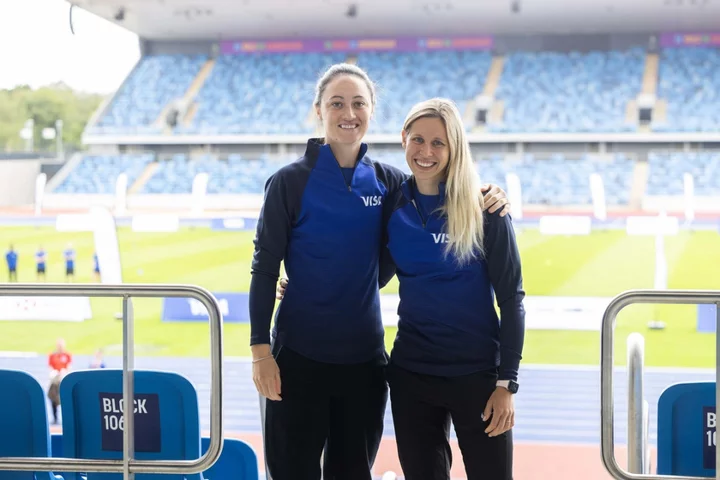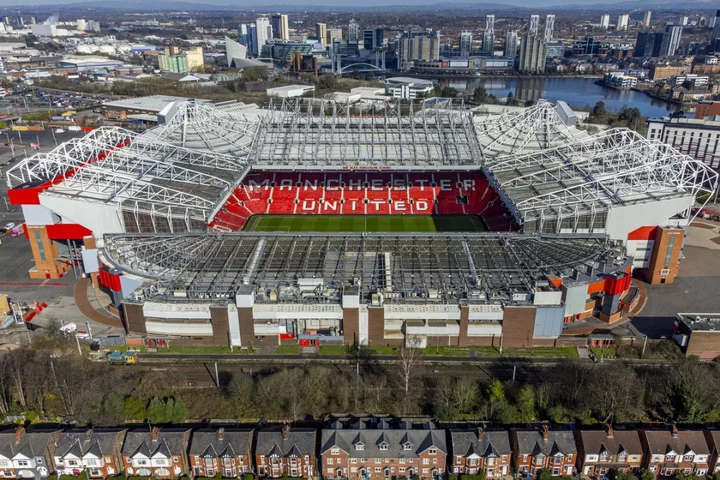Brighton and Hove Albion can become pioneers in women’s football now that the team has received the go-ahead for a purpose-built stadium, according to the councillor who helped approve the plans.
The council for Brighton and Hove City gave the green light in October for the club to proceed with locating a site within the city for what is hoped will be an approximately 10,000-capacity ground for the Women’s Super League side.
Their proposed new ground will be the first of its kind in the UK to have been designed and built specifically for use by a women’s team, with all 12 of the current WSL clubs playing in stadiums either previously or currently shared with men’s sides. Currently the team plays home matches more than 30 miles away from the city at Crawley’s Broadfield Stadium, where they recently lost to Arsenal.
It is an arrangement that has suited the club since becoming founder members of the restructured WSL in 2018 but Labour councillor John Hewitt - who serves as lead councillor for leisure and sport and backed the proposal ahead of it being voted through - believes it is not sustainable if football in the city hopes to grow.
Once a site is found and work on the new stadium can begin, Hewitt says the club can realistically think about becoming trendsetters in the women’s game.
“As good as (Crawley) are as hosts, the distance has an adverse effect,” he told the PA news agency. “Plus it doesn’t seem like our home ground, because the seats are red and we’re blue and white.
“The intention is to build around 10,000 capacity which is a realistic number. The team get around 3-4,000 at Crawley, but there is the capacity for the club to grow in the coming years.
“It’s about the women’s game achieving parity with the men’s game. Women’s football is growing. Brighton hosted three games at the Euros last year and there were good attendances. We know there’s the scope for it.
“It shows how far the club has come. They were made homeless in 1997, exiled in Gillingham for two years, the struggle to establish the Amex Stadium. This shows the best steps they’re looking to make. On behalf of the city, it would be fantastic if we could be seen as pioneers for this. In years to come, this could be the norm.
“One of the reasons for having a purpose-built stadium is different needs. For example, playing in a men’s stadium, dressing rooms might only have two cubicles, whereas a purpose-built women’s ground would have more.
“Hopefully, other cities and towns can follow suit in supporting their women’s teams.”
Brighton are currently eighth in the WSL table having finished 11th and narrowly avoided relegation last season.
With the men’s side having a enjoyed a highest-ever league finished last campaign and currently on the brink of progressing beyond the Europa League group stage on their debut European run, Hewitt believes the situation is ripe for the women’s side to follow suit and play their part in reinforcing Brighton’s reputation as a coming football force.
He added: “The intention is for the club to finance it, but the council will be a key stakeholder in that. We’ve been invited to have our input, as in what would we like out of it.
“So it’s not just a stadium where there are 20 football matches a year played there, there could be educational facilities, community initiatives hosted there, schools using it for their cup finals.
“We’ll be looking at how best we can use the facility for the resident in the city.”
Read MoreBrighton gift draw to Sheffield United after own goal and red card
Brighton striker Evan Ferguson signs new long-term contract with Seagulls
Chelsea’s attack is close to catching fire – now a forgotten signing can ignite it
Chelsea’s attack is close to catching fire – now a forgotten signing can ignite it
Premier League news LIVE: Updates from today’s press conferences
Pep Guardiola gives Erling Haaland injury update ahead of Liverpool clash

